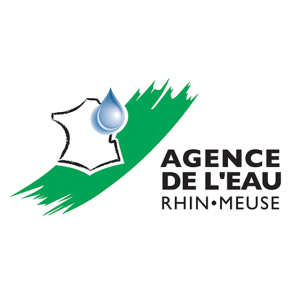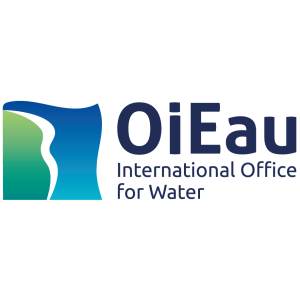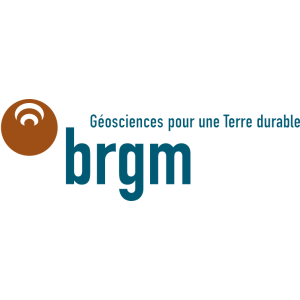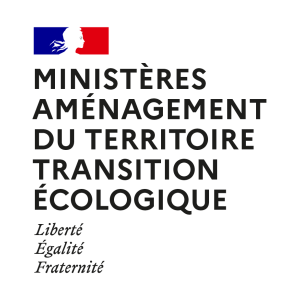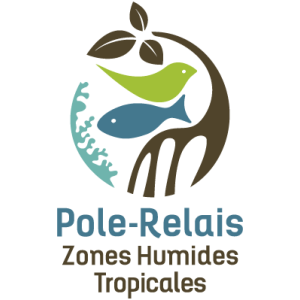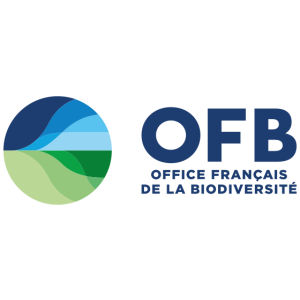
Document généré le 28/12/2025 depuis l'adresse: https://www.documentation.eauetbiodiversite.fr/fr/notice/fish-diversity-and-distribution-in-the-gambia-estuary-west-africa-in-relation-to-environmental-variables
Fish diversity and distribution in the Gambia Estuary, West Africa, in relation to environmental variables
Titre alternatif
Producteur
Contributeur(s)
EDP Sciences
Identifiant documentaire
10-2004001
Identifiant OAI
oai:edpsciences.org:dkey/10.1051/alr:2004001
Auteur(s):
Jean-Jacques Albaret,Monique Simier,Famara Sambou Darboe,Jean-Marc Ecoutin,Jean Raffray, Luis Tito de Morais
Mots clés
Fish community
Aquatic environment
Estuary
Gambia
West Africa
Date de publication
15/03/2004
Date de création
Date de modification
Date d'acceptation du document
Date de dépôt légal
Langue
en
Thème
Type de ressource
Source
https://doi.org/10.1051/alr:2004001
Droits de réutilisation
Région
Département
Commune
Description
The Gambia Estuary, a “normal” estuary with a decreasing
salinity gradient from the mouth towards the head, is moderately exploited
by small-scale fisheries and does not receive any severe pollution from
either agriculture or industrial activities. Neither the Gambia River nor
its estuary are artificially impounded. As the last large West African
estuary free of major human disturbance, it is of considerable interest for
comparative studies on the effect of major environmental perturbations in
West African estuarine ecosystems. The aquatic environment and fish communities of the Gambia Estuary (about
250 km long) were studied by purse seine sampling at different periods in
the river cycle, covering all hydro-climatic seasons that are characteristic
of West African estuaries. Emphasis was placed on the diversity,
composition, structure and distribution of fish assemblages in relation to
fluctuations in physico-chemical factors such as water temperature, salinity
and turbidity. Results on the aquatic environment, mainly the salinity range
(from freshwater to 39) and dissolved oxygen (never a limiting factor for
fish in the estuary) and on the main characteristics of the fish fauna (high
diversity of life cycles, all the ecological categories represented)
indicated that the Gambia Estuary was free of major climatic perturbation
and reinforced the choice of this system as a reference for the study of the
effects of major perturbations on estuarine tropical fish communities.
Accès aux documents
0
Consultations
0
Téléchargements

